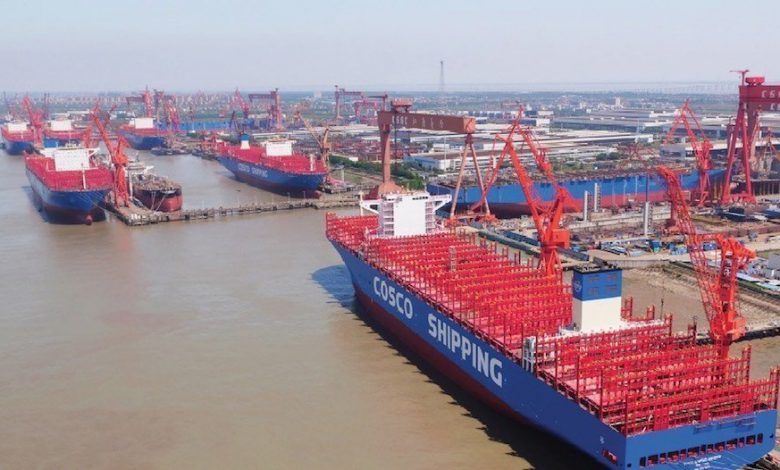China ditches shipbuilding white list

Beijing has given tacit admission that its era of shipyard restructuring is coming to a close, announcing today the ditching of its so-called shipbuilding white list, likely taking the brakes off global shipyard capacity.
The white list, introduced by the Ministry of Industry and Information Technology (MIIT) in 2014, was a series of performance indicators that Chinese authorities demanded of yards in order for them to access capital more easily. It was introduced at a time of rampant overcapacity in global shipbuilding and was designed to weed out the weakest yards. Five years ago, China had around 400 shipyards capable of building ocean-going vessels.
Following a number of revisions in the past a couple of years, MIIT has made the decision, effective immediately, to give up on the white list, which as of today includes a total of 70 approved shipyards.
The shipbuilding white list came in for criticism from a number of private shipyards in China who claimed the list had cut them from favourable policies and made it more difficult to secure financing.
In the past decade, most of the private yards capable of building ocean-going vessels in China have been wiped out, decreasing from 305 in 2009 to less than 40 now.
Shortly after the introduction of the shipbuilding white list, MIIT also introduced a white list for offshore yards, which Splash understands will also be cancelled soon.
China has vowed to accelerate the transformation of the country’s shipbuilding map this year, and Splash understands the merger of the country’s two state-owned shipbuilding giants, CSSC and CSIC, is now being fast-tracked.
